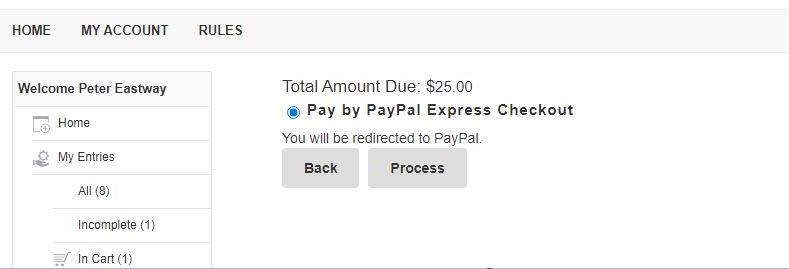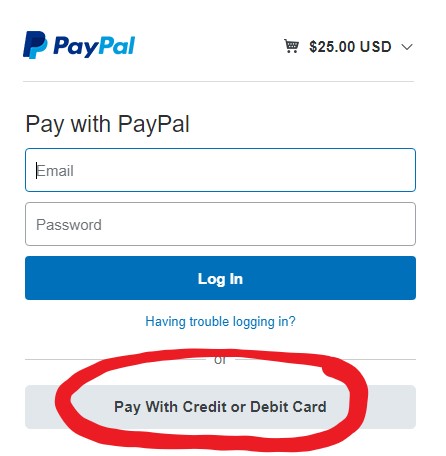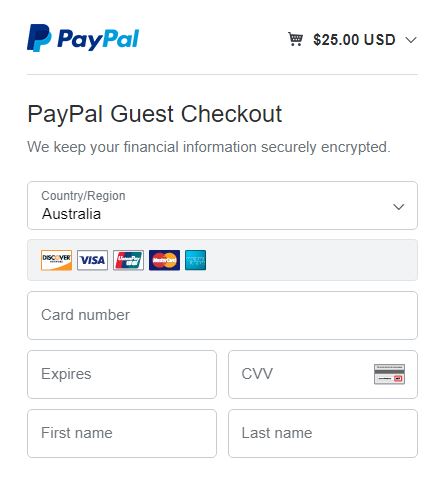
How do I enter?
To enter, click on the 'Entrants Login Here' menu button at the top right of the page.
Is there a limit to the number of photos that I can enter?
No, you may enter as many photographs as you like.
What format should I save my digital images?
Digital image files should measure between 4000 and 5000 pixels on the longest side (we need large files because the winning images will be printed in book format as well as online), 300 dpi, be saved as a JPEG (recommended setting 9 or 10), in AdobeRGB colour space. Square and panorama, horizontal and vertical images - all are permitted.
I can't get my file below 6MB?
When saving your JPG file, try setting 10 or setting 8 and you will find the file size is much smaller, but the quality remains extremely good.
Can I change my entries after I have entered?
Yes, you can. Go to your account and click on Completed entries. A list of your entries will appear. Click on Edit to open the entry you want to change:

Your entry will open up again. Delete your entry using the bin icon, and then upload your new entry.

What does 'No names, titles, captions or other indicators are allowed in or on the Entry', really mean?
When a judge looks at your entry, they should not be able to identify who you are, so you can't put a signature or watermark on the front of the photograph. The filenames for your entries are not seen by the judges, so you can name them as you wish.
Do I need to remove my name and details from the photo file's metadata?
No. In fact, we recommend you leave your name and details in the metadata. When the judges see your work, they don't get to see the metadata on the judging screen, only the photo.
Are there limits in the type of post-production I can apply?
There are no limits on post-production, but entries presented for judging must be photographic in origin (taken with a camera). This means you can use HDR, tone mapping, cloning, composites, stitching, focus-stacking etc. However, all post-production must be the work of the entrant. You cannot have someone else edit or work on the image for you. We consider this part of the art of portrait photography.
Does it matter where I live in the world?
Except where prohibited by law, international entries can be submitted and are most welcome!
Can I pay with a credit card?
Yes. We use Paypal to accept payments, but you don't need to have a Paypal account to use it. You can use Paypal's 'Guest Checkout' without a Paypal account. (This works in most countries, but we are aware there may be limitations in Iran and Bangladesh.) Here's how it works.
After you've completed your entries for the competition, go to your Cart and check out. You'll see the following screen. Click Process.

Next, you'll see the Paypal screen. Click the bottom box 'Pay With Credit or Debit Card'.

On the next screen you will have the opportunity to enter your credit card details. Please note, we don't see your card details at any time, the transaction is handled by Paypal. And you don't need to have a Paypal account to use this feature.

What are my chances of winning?
Chance does not enter into the process as it is based on the judges' assessment, but we expect to get several thousand entries each year.
Will my photos be returned?
No. There is no need for us to return your digital images. However, your images will not be used except as allowed in the Rules (which is essentially only for promotional purposes for this competition).
Will my images be sold?
No. We will not be selling your images, but people who see your images may contact you to buy them. You never know! You retain the copyright in your photographs and we are not able to use your photographs except as outlined in the rules. In summary, we can only use your photographs in the book (print and eBook), on the website and as part of the promotion of this year's and future years' awards (in press releases for publication as news items or as exhibitions of the winning images etc). Generally speaking, we'll only be using the winning images for promotion of this competition.
Can you enter if you are a professional photographer?
Yes, the awards are open to professional and non-professional photographers alike.
Colour Spaces - Why AdobeRGB and not sRGB?
Entries to IPPOTY are asked to be saved in the AdobeRGB colour space (strictly speaking, with the Adobe RGB (1998) colour profile).
The AdobeRGB colour space is larger than the sRGB colour space. The entries will be viewed and judged in a web browser. Modern web browsers can read and use colour spaces (as profiles). Our judges use high quality, calibrated monitors that can take advantage of the larger colour space.
When you enter your photographs, our system generates a small preview to show you what you have entered. The 'preview' in our system is just that, a preview thumbnail with no ICC profile embedded - so different web browsers will 'assume' certain characteristics and you may see a flatter or desaturated result. However, the judges do not judge this thumbnail - they are shown a version of your original entry, plus they can view your original entry at 100% if they wish.
We have chosen AdobeRGB because it is a larger colour space, provides a better quality image, and we are using modern browsers and monitors to take advantage of it. However, it is true that in the past, sRGB was chosen as the default colour space for the web and still is in some situations where the lowest common denominator is a poor quality screen, tablet or smart phone. This does not apply to us. Also, when you research this issue on Google, check the dates of the posts and articles - they have often been superseded.
Thumbnail Image For Entry Screen
The thumbnail image on the entry screen and in your account has had the ICC profile stripped out to make it a smaller file (and so quicker to load via the internet). It may not look the same as your original - it may look blurred and fuzzy. However, this is quite okay because it is only a reference image so you know what you're looking at. It is NOT used by the judges for judging, nor is it used in the book. It is for administration purposes only, so please don't worry. We do know what we are doing and your photographs will be judged respectfully on good quality monitors by judges who are experienced in colour management and understand the processes involved. Importantly, every entrant's images are judged the same way, so there is consistency as well.
Are you strict on the dates when the original photographs were taken?
Yes! And it won't be us who complains, it will be another entrant! In other competitions we have organised, from time to time we find winning photos that are posted on Facebook or a website before the allowed date - and we have to disqualify them. We know it is not an intentional deception by the entrant - people just forget! We do a search first these days, before making the announcement, because we found other entrants and viewers would do it for us after we announced the results and then it was embarrassing to disqualify the entrant later on! However, we're not perfect and if your entry is found to be taken before the allowed date, we have no choice but to disqualify the entry.
Is a Drone a Camera?
A drone has a camera inside it, so even though you're taking photos with your drone, it's the camera inside the drone that's doing all the work. So yes, photos taken with a drone are definitely accepted! Note, most countries have aviation rules that impact how close you can fly your drone to people, so if you have a winning photo shot with a drone that breaks the law, we won't know. However, if we publish your photo and the aviation authorities in your country pay you a visit, don't blame us for any fines you receive! If in doubt, don't enter the photo!
Any more questions?
For additional questions email Kim Valenti at
